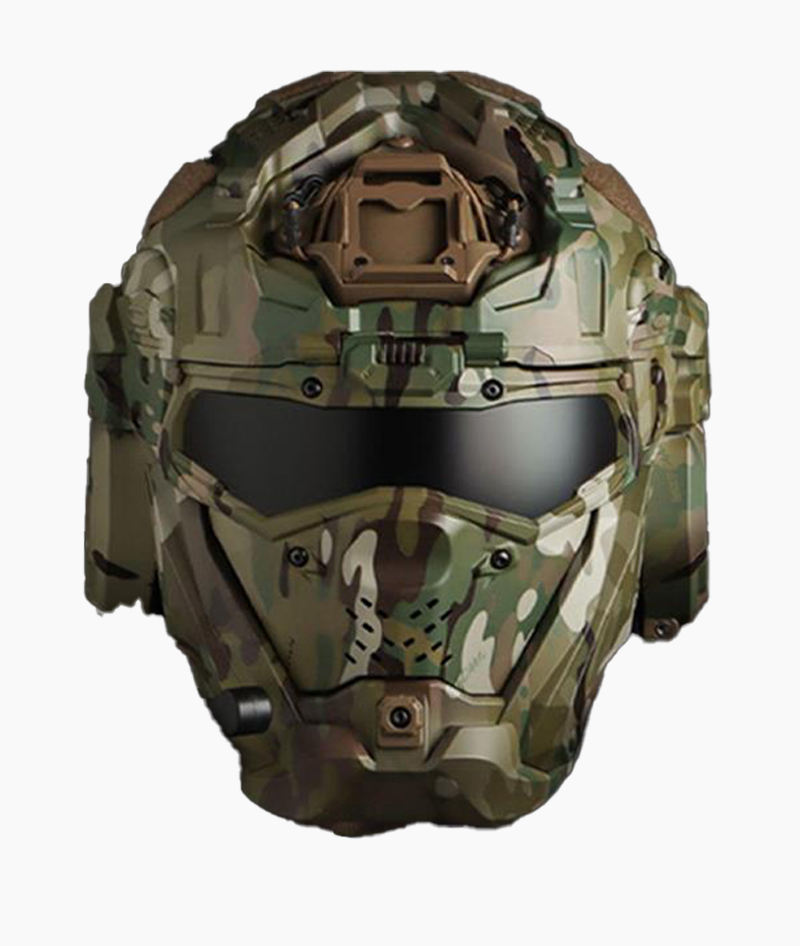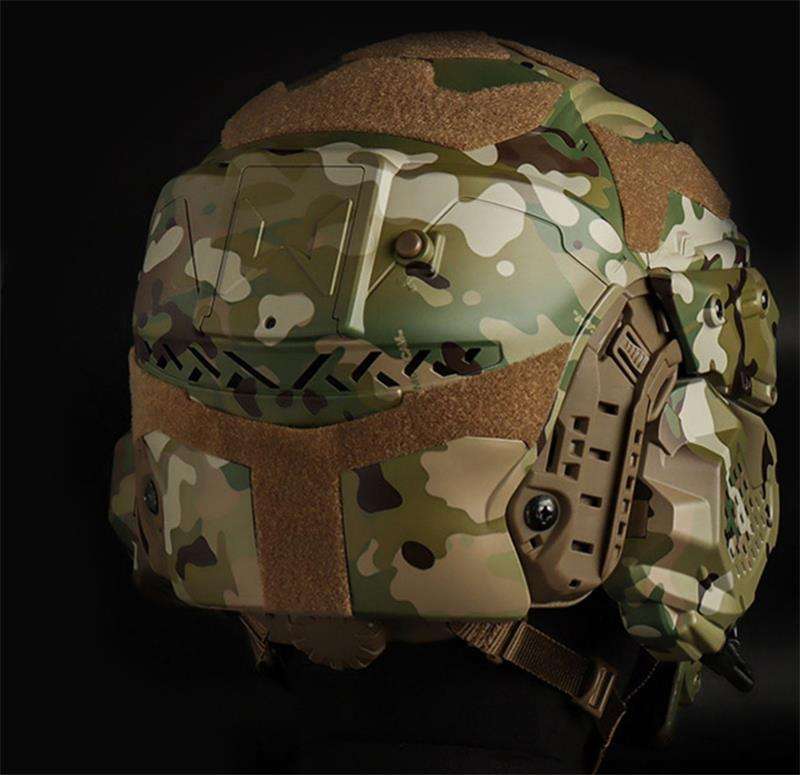“Shielding Our Heroes: The Vital Role of Military Helmets”
Military helmets are indispensable pieces of protective equipment that play a crucial role in safeguarding the lives and well-being of military personnel. These helmets serve as shields, offering protection against a wide range of threats in combat zones and high-risk situations. Here’s an exploration of the vital role military helmets play in ensuring the safety and effectiveness of our military heroes:
- Ballistic Protection: Military helmets are primarily designed to provide ballistic protection, shielding soldiers from gunfire and shrapnel. They are constructed using advanced materials such as Kevlar, aramid fibers, and composite materials that can withstand direct impacts and reduce the severity of injuries.
- Fragmentation Defense: Helmets are effective at protecting against fragmentation injuries caused by explosives and artillery fire. They disperse the force of fragments and minimize the risk of severe head trauma.
- Blast Protection: In modern warfare, improvised explosive devices (IEDs) are a significant threat. Military helmets are designed to provide limited protection against blast waves, reducing the risk of traumatic brain injuries.
- Protection from Blunt Force: Helmets can absorb and disperse the force of blunt impacts, such as those from falls or blows during combat. This is especially important in hand-to-hand combat situations.
- Comfort and Fit: Modern military helmets are equipped with adjustable suspension systems and padding to ensure a comfortable and secure fit. This reduces fatigue during extended missions and enhances overall performance.
- Visor and Face Protection: Some military helmets feature integrated face shields or goggles that protect the eyes and face from dust, debris, and chemical agents. These shields provide enhanced visibility and protection in diverse combat environments.
- Modularity and Accessories: Military helmets often include attachment points for accessories such as night vision devices, communication systems, and camouflage covers, enabling soldiers to customize their gear based on mission requirements.
- Camouflage and Identification: Helmets can be covered with camouflage patterns to blend in with the environment and avoid detection. They also allow for the attachment of identification markers, such as rank or nationality insignia.
- Communication Integration: Advanced military helmets can integrate communication systems, enabling soldiers to maintain real-time communication with their units and headquarters, enhancing situational awareness.
- Durability: Military helmets are built to withstand the rigors of combat and harsh environmental conditions. They are durable and resistant to wear and tear, ensuring long-lasting protection.
- Lightweight Design: While offering superior protection, modern military helmets are designed to be lightweight, reducing the strain on soldiers’ necks and heads during prolonged wear.
- Standardization and Testing: Military helmets are subjected to rigorous testing and meet established safety and performance standards to ensure their effectiveness in the field. Compliance with these standards is paramount to the reliability of the gear.
In the theater of war, military helmets are more than just headgear; they are a lifeline that shields the brave men and women who serve in the armed forces. These helmets provide a critical layer of protection, allowing soldiers to focus on their missions and return home safely. The ongoing development of military helmet technology is essential in the ever-evolving landscape of military threats and challenges.


